After 50 years of national unification and 40 years of renovation, Vietnamese culture has made many improvements. During the 13th term, the Party emphasized that one of the strategic breakthroughs for the 2021-2030 period is to "promote cultural values and the strength of the Vietnamese people; strongly arouse the nation's development aspirations, patriotism, pride, self-reliance, compassion, solidarity and social consensus". This is an important orientation for new achievements in the cause of building and developing Vietnamese culture.
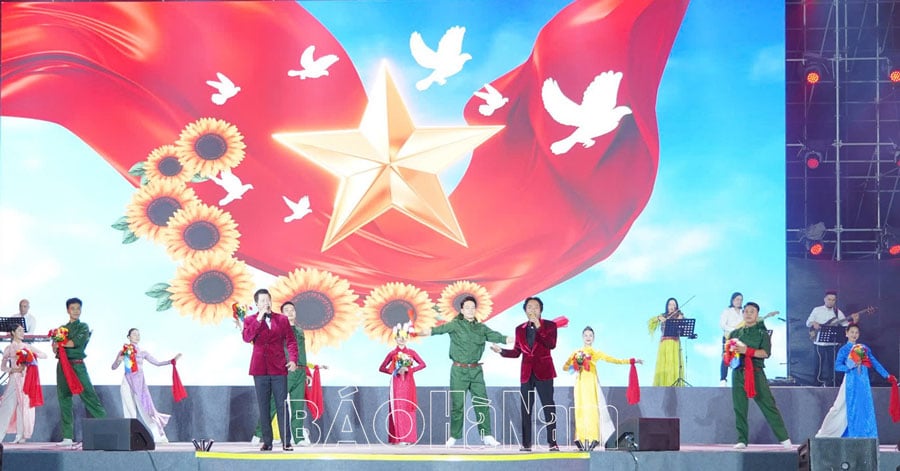
The Party identifies culture as the spiritual foundation and endogenous strength.
After the country's reunification, the Party pointed out that one of the central tasks was to build a culture with socialist content and national character. The Resolution of the 5th Central Conference, 8th Session, June 1998, on Building and Developing an Advanced Vietnamese Culture with a Strong National Identity, with the scope of a Cultural Platform in the Doi Moi period, affirmed the role of culture as the spiritual foundation of society, both the goal and the driving force for socio -economic development. This was a step forward in the Party's theoretical thinking on culture, placing the correct position and role of culture in the development factors, promoting the cause of innovation in Vietnam. The Platform for National Construction in the Transitional Period to Socialism (supplemented and developed in 2011) once again emphasized the task of making culture closely linked and deeply permeate the entire social life, becoming a solid spiritual foundation, an important endogenous strength of development. The Platform also affirms: People are the center of the development strategy, and at the same time the subject of development. Resolution of the 9th Central Conference, 11th term, June 2014, On building and developing Vietnamese culture and people to meet the requirements of sustainable national development clearly states the mission and goal of culture: Building a society of rich people, strong country, democracy, equality, civilization.
The 13th Party Congress identified new, profound, comprehensive, and breakthrough viewpoints and policies on the development of culture, people, and human resources: "Taking Vietnamese cultural values and people as the foundation and important endogenous strength to ensure sustainable development". The Congress also identified: "Taking people as the center of development and sharing the fruits of the development process". Step by step putting the cultural development orientations of the 13th National Congress into practice, on November 12, 2021, the Government approved the Cultural Development Strategy to 2030. The National Cultural Conference, on November 24, 2021, gathered the wisdom of the entire Party, intellectuals, and people's representatives to agree on the key directions and tasks of cultural and artistic work in the period of 2021-2026, with a vision to 2045, determined to continue building and developing Vietnamese culture and people to meet the requirements of rapid and sustainable development of the country.
During the Renovation process, the State has issued many laws to create a legal corridor for cultural activities: the Cinema Law, the Cultural Heritage Law, the Advertising Law, the Intellectual Property Law, the Law on Prevention and Control of Domestic Violence, the Publishing Law, the Press Law, the Library Law, the Tourism Law, the Sports Law, the Archives Law. Many specific policies and regimes such as policies on cultural activities and enjoyment, especially for ethnic minority areas, mountainous areas, and islands; policies on preserving national cultural heritage; policies to encourage and honor creative activities; special preferential regimes for artists and students of cultural and artistic schools, etc. have been issued.
Great cultural achievements
The overall picture of Vietnamese culture after 50 years of national reunification and 40 years of Doi Moi has taken on new, diverse and dynamic nuances. The Party affirms the view that culture and arts are the cause of the whole society, and the State has incentive policies to mobilize the potential and resources of many social forces to participate in cultural development. This has brought about positive changes in practice. The participation of many cultural entities has promoted diversity in types, ideas, trends and styles of cultural expressions.
Traditional folk cultural activities have been restored and organized with the widespread response of the people. Cultural life in mountainous, island, remote and isolated areas has improved a lot. The national target program on culture has contributed to improving spiritual and cultural life, preserving and promoting the cultural values of ethnic groups, helping people preserve and develop their own languages and scripts. Books, newspapers and appropriate cultural publications have been brought to villages. Cultural institutions (cultural houses, libraries, clubs, etc.) in ethnic minority areas have been built in association with the process of building new rural areas. Nearly 100% of communes in ethnic and mountainous areas have cultural houses or cultural post offices; many villages and hamlets have community activity houses.
In the field of literature and art, creative activities have made new progress with the richness and diversity of cultural products. Many traditional arts, although facing many difficulties when changing the mechanism, are still preserved and promoted. Many projects to collect, document and digitize cultural heritage have been implemented. Many valuable documents from cultural treasures have been collected and published, creating a basis for research, preservation and promotion of ideological, academic and aesthetic values of the nation. Besides efforts to preserve and promote traditional art forms (tuong, cheo, quan ho, ca tru, hat xoan, bai choi...), modern art forms (singing, dancing, music, drama, cinema...) have made new progress. Modern technology has been gradually applied to the production and storage, research, preservation and promotion of literary and artistic works. Awareness of copyright and related rights has been initially raised and protected according to the provisions of law. At the same time, an organization has been established to protect copyright and the rights of creators; there have been innovations in concepts and methods of theoretical research and literary and artistic criticism. Many theoretical works and foreign literary and artistic research schools have been introduced, creating conditions to improve the level of domestic literary and artistic theory.
The rich cultural heritage system, majestic and poetic landscapes are invaluable assets, with the potential to transform into unique products and services, contributing to economic and trade growth as well as building the brand and position of Vietnamese culture. According to data from the Department of Cultural Heritage, Ministry of Culture, Sports and Tourism, by the end of 2024, Vietnam has about 40,000 relics and nearly 70,000 intangible cultural heritages nationwide inventoried; including: 32 world heritages including 08 world cultural and natural heritages, 15 intangible cultural heritages recognized by UNESCO and 09 documentary heritages recognized by UNESCO's Memory of the World Program. The State has honored and had preferential policies for 131 "People's Artisans" and 1,619 "Meritorious Artisans".
Cultural exchanges have been gradually expanded along with the process of multilateralization and diversification of international relations. Many cultural agreements with countries and international organizations, bilateral and multilateral international treaties on cultural heritage, copyright and related rights have been signed. Many projects, cooperation activities, and international cultural exchanges have resonated, creating a good impression of Vietnamese culture and arts, promoting and introducing the country, people, history and traditions of Vietnam.
However, the cause of building culture and developing people still faces challenges. The biggest limitation in building people in recent years is the decline in ideology, morality, and lifestyle of a number of cadres and party members, including those holding high positions, causing social outrage. Many incidents have caused great harm, losing the people's trust. The value system of Vietnamese people is changing, with negative trends. Many cultural products are not in line with the nation's traditions, negatively affecting tastes and lifestyles, and are especially dangerous for the younger generation. The trend of socialization and development of the cultural market creates diversity but also gives rise to the trend of commercializing culture and art (only) for profit, giving rise to negative aspects that need to be corrected.
Orientation of cultural development in the new period
The Prime Minister's Decision on approving the Cultural Development Strategy to 2030 dated November 12, 2021 sets specific goals for the year 2030 with 11 tasks and solutions. In this Strategy, cultural development goals are determined specifically, comprehensively, in line with the trend of the times, meeting and adapting to the requirements of the fourth industrial revolution, aiming to build a healthy cultural environment in all areas of social life; improve people's spiritual life, gradually narrow the gap in cultural enjoyment between urban and rural areas, between regions, policy subjects and disadvantaged groups; focus on developing culture in ethnic minority areas; prioritize the development of a number of cultural industries with potential and advantages; have breakthrough mechanisms to attract and utilize talents, mobilize resources to develop culture and people. This is an important concretization of the Party's guidelines for building and developing Vietnamese culture and people in the country's new development era.
Thien Phuong
Source: https://baohanam.com.vn/chinh-tri/buoc-phat-trien-lon-va-nhieu-thanh-tuu-noi-bat-160443.html


![[Photo] Solemn opening of the 8th Congress of the Central Public Security Party Committee, term 2025-2030](https://vphoto.vietnam.vn/thumb/1200x675/vietnam/resource/IMAGE/2025/10/4/f3b00fb779f44979809441a4dac5c7df)




![[Photo] Bustling Mid-Autumn Festival at the Museum of Ethnology](https://vphoto.vietnam.vn/thumb/1200x675/vietnam/resource/IMAGE/2025/10/4/da8d5927734d4ca58e3eced14bc435a3)
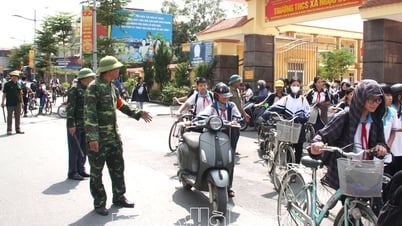

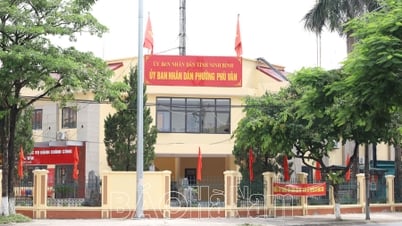
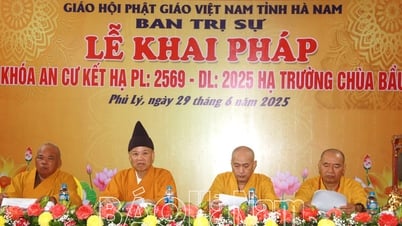
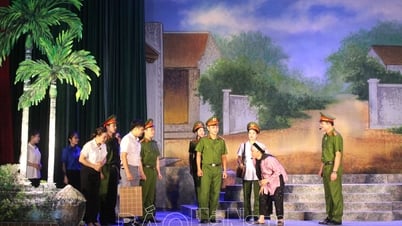

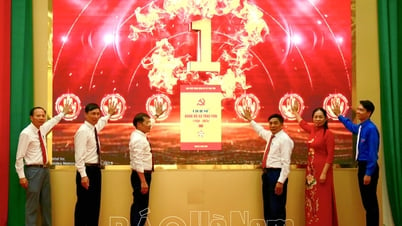





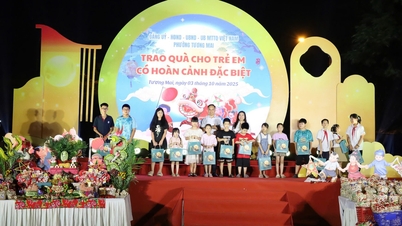
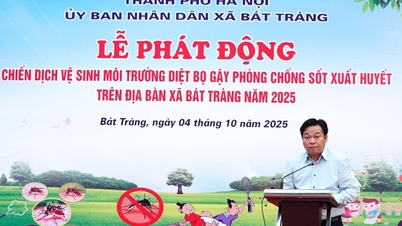
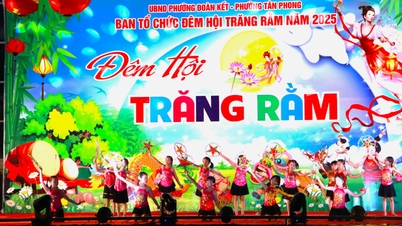
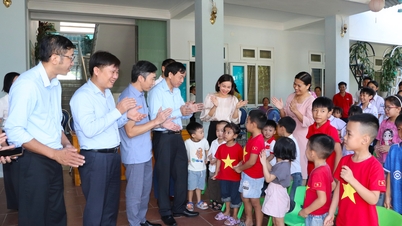
![[Photo] General Secretary To Lam attends the 8th Congress of the Central Public Security Party Committee](https://vphoto.vietnam.vn/thumb/1200x675/vietnam/resource/IMAGE/2025/10/4/79fadf490f674dc483794f2d955f6045)


























![[VIDEO] Summary of Petrovietnam's 50th Anniversary Ceremony](https://vphoto.vietnam.vn/thumb/402x226/vietnam/resource/IMAGE/2025/10/4/abe133bdb8114793a16d4fe3e5bd0f12)

![[VIDEO] GENERAL SECRETARY TO LAM AWARDS PETROVIETNAM 8 GOLDEN WORDS: "PIONEER - EXCELLENT - SUSTAINABLE - GLOBAL"](https://vphoto.vietnam.vn/thumb/402x226/vietnam/resource/IMAGE/2025/7/23/c2fdb48863e846cfa9fb8e6ea9cf44e7)
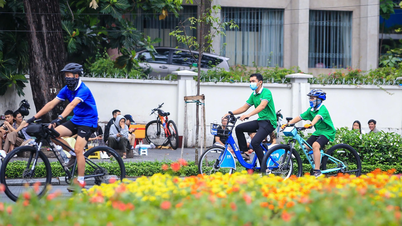


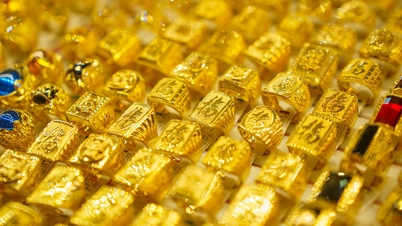
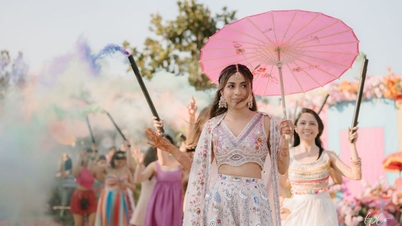

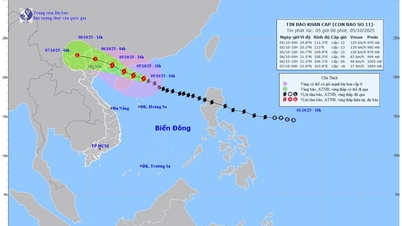

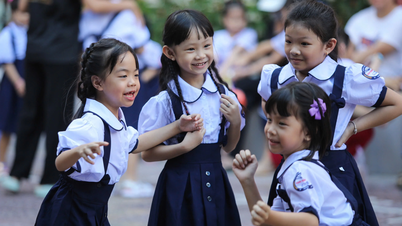









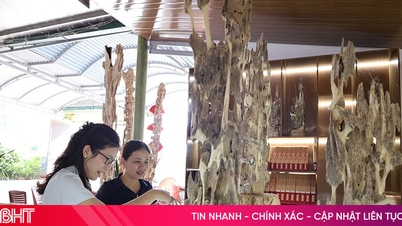

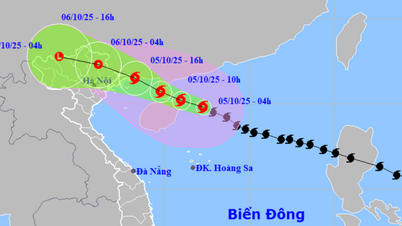

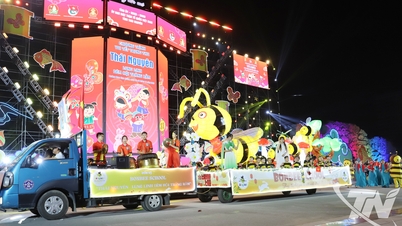


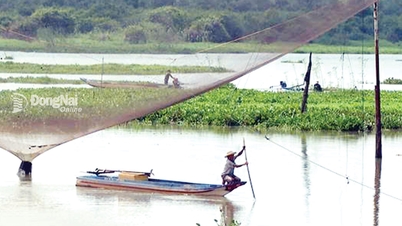

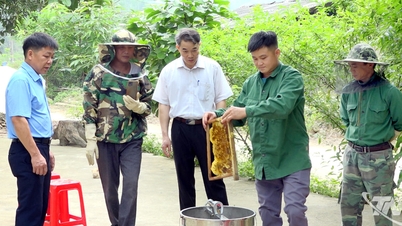









Comment (0)